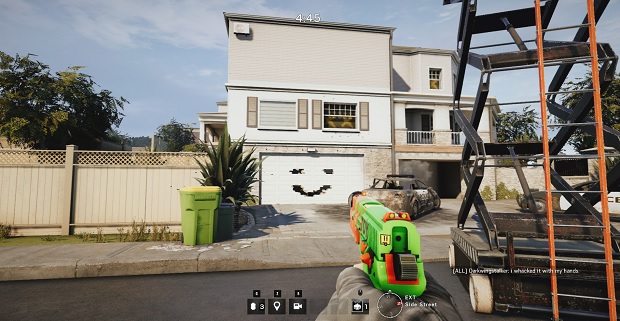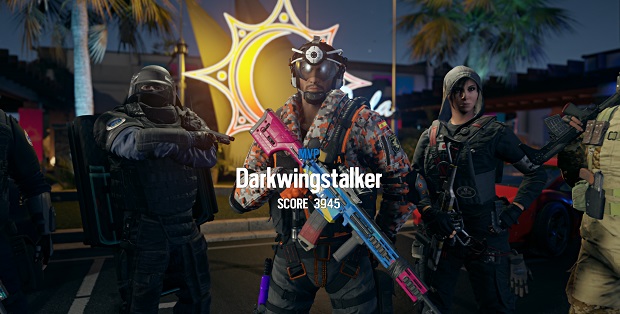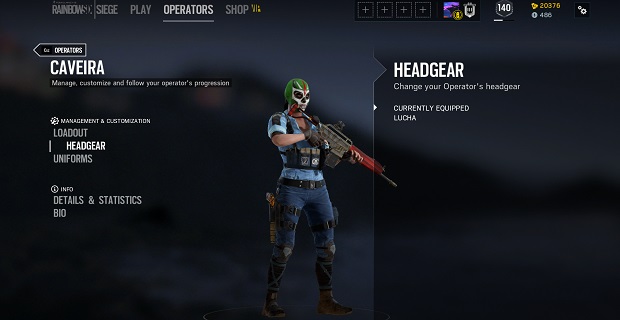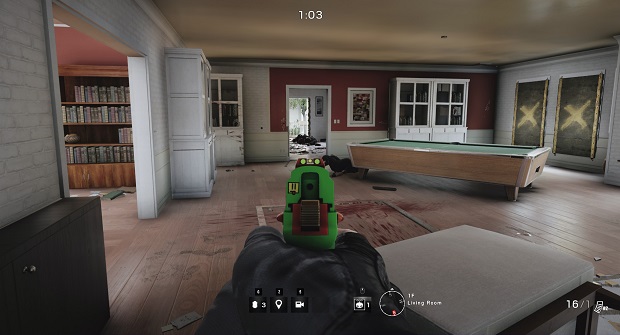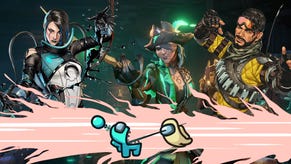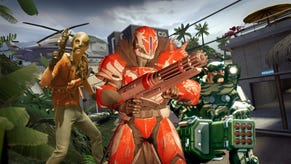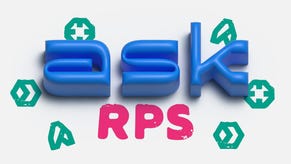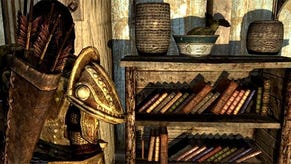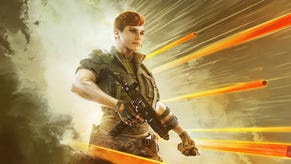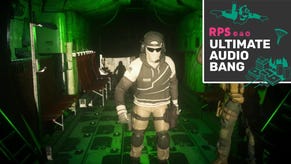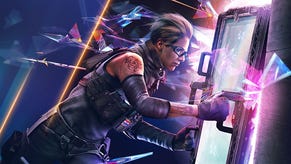The origins & future of Rainbow Six Siege
Siege the day
Rainbow Six Siege [official site] had a rough first year. It launched in December 2015 to little fanfare, with the European team cutting their marketing push after a tragic terrorist attack in Paris. The game still picked up plenty of critical acclaim, but didn't make an impact on the Steam charts.Those that did pick the game up in its first few weeks found their experience marred by a maelstrom of problems, ranging from game-breaking bugs, to the annoying server issues and quirky glitches that seem to come packaged with every multiplayer-only game at launch. The future looked dire.
Just over a year later and Rainbow Six Siege has more than 10 million players. I visited Montreal for the Rainbow Six Invitational, Ubisoft Montreal's first attempt at an annual esports event. Ubisoft Montreal staff roam the event, wearing Siege t-shirts, and the mood here is celebratory. That's to be expected though; for the makers of Rainbow Six Siege, the success of the game feels like redemption after years of hard work.
Back in 2011, the newest iteration of Rainbow Six was to be Patriots, a game centered on a dramatic and involved single player campaign. It drew plenty of attention, much of it negative, before being dumped in the bin. A skeleton team of 25 was given the mandate of rebooting the series and coming back from the public cancellation of Patriots was one of the team's biggest challenges. Alexandre Remy, Rainbow Six Siege's brand director, explains: "When we made that first announcement [of Rainbow Six Siege] at E3, even though Rainbow was coming back, officially, it was like a huge elephant in the room. 'Hey, where is Patriots, right?'"
"People wanted to know what happened, many were excited by exploring that Nazi aspect of the story," Remy said, referencing the white nationalist terrorists that were to be Patriots antagonists, "but with Siege we were going in exactly the opposite direction. We were nervous, but we knew we had something special as we'd already spent the last year and a half playing tournaments and every time we played the game we knew there was really something here."
Rainbow Six Siege represented a bold move for the studio, taking as much from popular multiplayer first-person-shooter Counter Strike as the franchise's own history. Two teams of five operators - Siege's different characters, all blessed with a unique selection of weapons and an ability - fight to attack and defend an objective across multiple rounds, with death in a round meaning you are out until the next. This asymmetrical gameplay, paired with procedural destruction that lets gunfights shred the map, was new ground for the series. This shift wasn’t well-received, and before launch there was criticism of the game’s lack of single-player campaign. But once the game was out, word started to spread that not only was Rainbow Six Siege actually good, it was getting better.
"Year one, for us, went much better than we expected." said Remy "I think when you ship a game that you want to have a long life, you're expecting a longer tail. We never expected the game to actually grow after the first few months. Now, a year down the road, we have more players on Rainbow Six than we had at the beginning."
Content releases quickly found a rhythm. Each new season delivered a fresh map and a pair of operators, and a second major patch came later, called the Mid-Season Reinforcement patch, adding new attachments and concepts, and reworked operators to make sure each one was still an interesting choice. Remy views the success of the game as proof of the concept the team were working with.
"I think it's a testament to 'games as a service'. I believe that switching to those sort of games that are extremely engaging, rewarding the time that you yourself put into the game, it just keeps being such a good investment. There's very few games that compare to Rainbow as a service model. And to me, what I think is amazing from a player's point of view is the fact that the game is good enough that you want to keep playing and we make sure that you keep your investment, which is great for the community."
This community is the reason events like the Invitational are possible. There are cosplayers, wandering the room dressed as their favourite operators, snapping photos with happy fans, and many of the people present no doubt eclipse the 1,500 hours I've spent in the game. Outside of the Invitational, the community is centered on a subreddit for the game which is closely monitored by Ubisoft staff, and it's slightly less toxic than many first-person shooter communities. The Siege team seem to have earned a level of respect by standing by the community through thick and thin, and acknowledging that the thin times happened at all.
"We've had some hits and misses with the customisation. I think we're getting better, but still," Remy admits with a flourish of his hands, referring to the occasional Reddit backlash when a customisation update doesn't quite land with the community. One of my operators wears a lime-green luchador mask that I paid real money for, but I don't reveal this to Remy because I'd prefer him to think I have good taste.
"There was a moment in the late spring, early summer, where you know the whole community was becoming concerned and worried about the state of the game. There were good reasons," Remy says, referring to problems with cheats in ranked play causing tension on the subreddit, leading many users to holler that the game was dead. "The paranoia was also making us, okay we need to push to make that happen and that's crazy how almost in a week, [after we released our new anti-cheat measures] that absolutely changed. We just want to show we can do right by the community."
At the end of its first year, Rainbow Six Siege has established itself as a successful competitive multiplayer shooter, but it's a strange beast, feeling like the fabled "old-school" shooter that requires patience, dedication and a strange sort of fieldcraft to excel in. This is paired with a very modern DLC strategy, the "games as service" model Remy mentioned earlier, though he explicitly states that getting players to pay for essential in-game content isn't on the table.
The game's season passes serve only to give you access to new operators early, and hand out certain cosmetic rewards. But these are all available to buy with in-game currency, though some grind is needed to nab the post-release operators. But the model means that a new map dropping won’t split the community, and even if you only pay for the base game, you can get your hands on even the shiniest new characters if you put the time in.
"I remember when we first presented the idea of the maps being free for Rainbow Six at the management, there were a couple of eyebrows like, "what?" We had data that shows that selling maps works, but we need to reward people who are playing regardless of whether they are buying or not, because someone in your game is someone that has value. Matchmaking is better and faster. It makes the game grow. I think even those that are not directly paying are valuable."
There's a sense here, as we move into Rainbow Six Siege's first Season 2 add-on, Velvet Shell, that the game is just going to keep growing. The pro scene, while admittedly still in its infancy compared to its better established competitors, is interesting, with new operators and maps coming along regularly enough to change up strategies.
Remy says to me that the first year of the game was focussed on retention, getting players to give Siege a go and then hooking them in so they don't stop playing. With year two, the focus has shifted to the health of the game. Fixing the UI issues, usability niggles and tiny bugs that infuriate their growing audience. I ask Remy if this is the team's way of promising players further support. Could we see a year three?
"This is clearly a commitment that we're here to stay, hundred percent."


